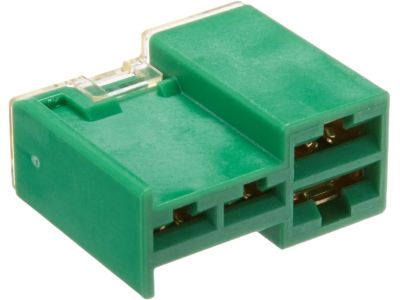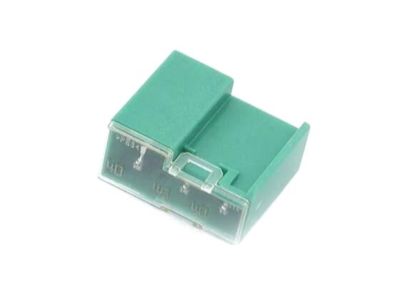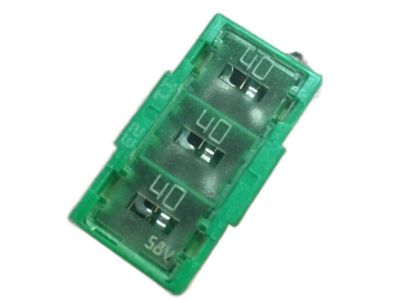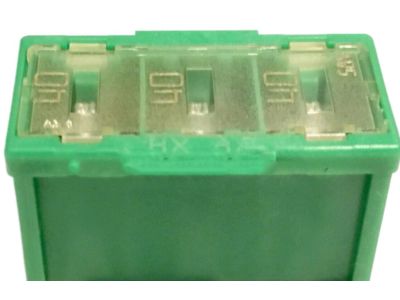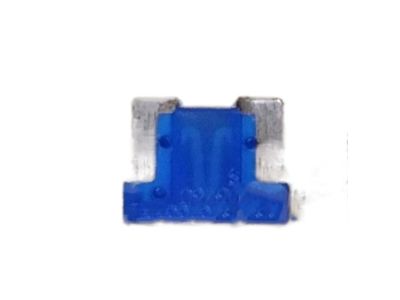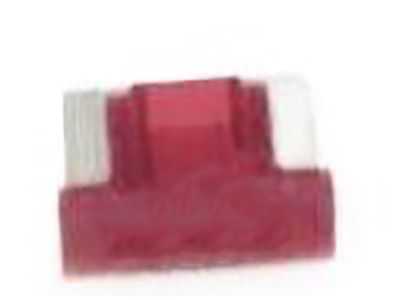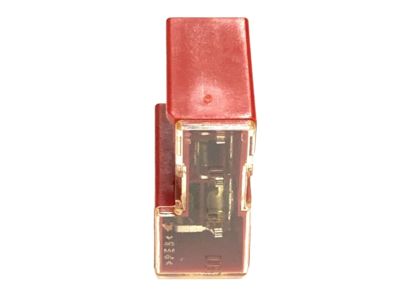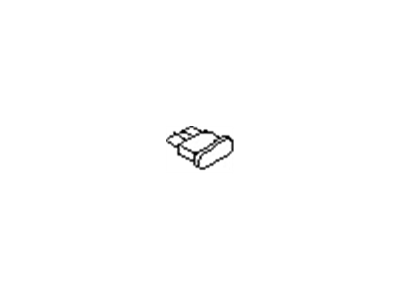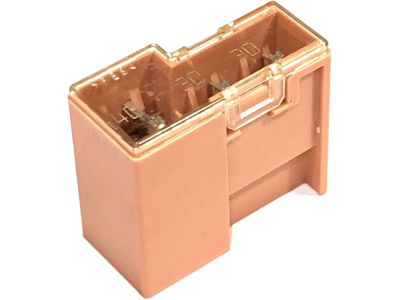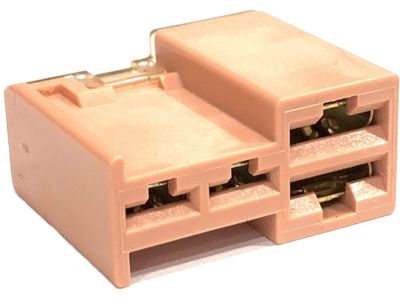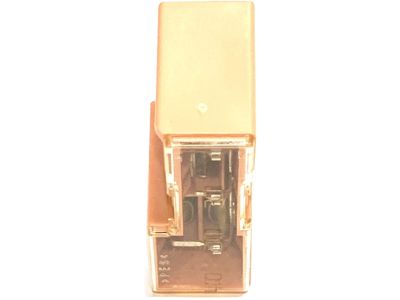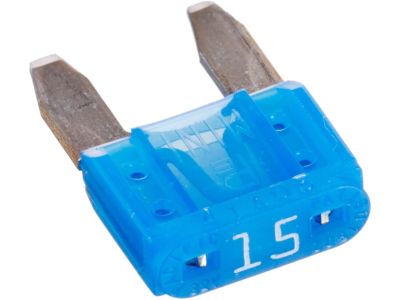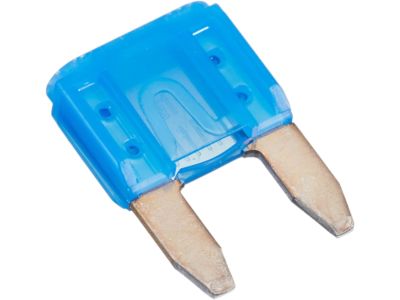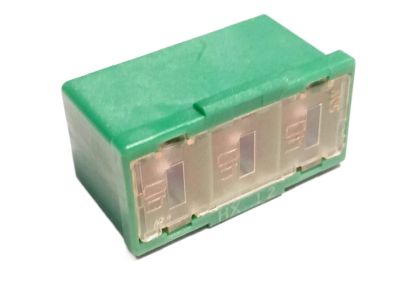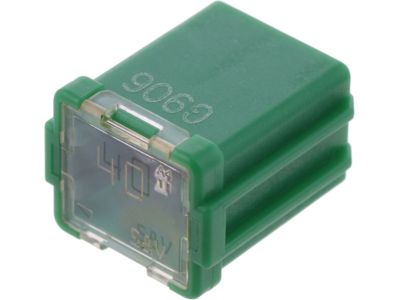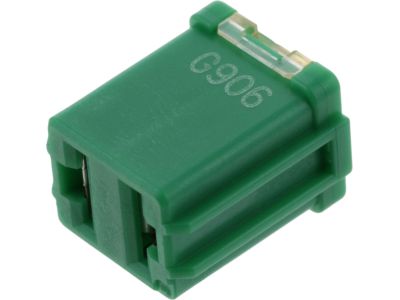×
- Hello
- Login or Register
- Quick Links
- Live Chat
- Track Order
- Parts Availability
- RMA
- Help Center
- Contact Us
- Shop for
- Nissan Parts
- Nissan Accessories

My Garage
My Account
Cart
Genuine Nissan Altima Fuse
Circuit Fuse- Select Vehicle by Model
- Select Vehicle by VIN
Select Vehicle by Model
orMake
Model
Year
Select Vehicle by VIN
For the most accurate results, select vehicle by your VIN (Vehicle Identification Number).
31 Fuses found

Nissan Altima Connector Assy-Fusible Link
Part Number: 24370-C9900$17.59 MSRP: $26.45You Save: $8.86 (34%)Ships in 1-3 Business Days
Nissan Altima Connector Assy-Fusible Link
Part Number: 24370-C991B$10.41 MSRP: $15.65You Save: $5.24 (34%)Ships in 1-3 Business Days
Nissan Altima Fuse
Part Number: 24319-89915$4.00 MSRP: $6.02You Save: $2.02 (34%)Ships in 1-2 Business Days
Nissan Altima Fuse
Part Number: 24319-89910$4.00 MSRP: $6.02You Save: $2.02 (34%)Ships in 1-3 Business Days
Nissan Altima Connector Assembly - FUSIBLE Link
Part Number: 24370-C9906$27.37 MSRP: $41.16You Save: $13.79 (34%)Ships in 1-3 Business Days
Nissan Altima Fuse-20A, T-Mini
Part Number: 24319-89920$3.89 MSRP: $5.85You Save: $1.96 (34%)Ships in 1-2 Business Days
Nissan Altima Fuse
Part Number: 24319-C9910$3.59 MSRP: $5.40You Save: $1.81 (34%)Ships in 1-3 Business Days
Nissan Altima Connector Assembly - FUSIBLE Link
Part Number: 24370-C9902$23.58 MSRP: $35.45You Save: $11.87 (34%)Ships in 1-2 Business Days
Nissan Altima Fuse
Part Number: 24319-C9915$3.08 MSRP: $4.85You Save: $1.77 (37%)Ships in 1-3 Business Days
Nissan Altima Connector Assy-Fusible Link
Part Number: 24370-C992B$10.71 MSRP: $16.11You Save: $5.40 (34%)
Nissan Altima Connector Assy-Fusible Link
Part Number: 24370-C9980$26.59 MSRP: $40.96You Save: $14.37 (36%)Ships in 1-2 Business Days
Nissan Altima Fuse
Part Number: 24319-8990A$4.09 MSRP: $6.15You Save: $2.06 (34%)Ships in 1-3 Business Days
Nissan Altima Connector Assy-Fusible Link
Part Number: 24370-C992C$9.10 MSRP: $13.69You Save: $4.59 (34%)Ships in 1-3 Business Days
Nissan Altima Connector Assembly - FUSIBLE Link
Part Number: 24370-C994A$2.89 MSRP: $4.35You Save: $1.46 (34%)Ships in 1-3 Business DaysNissan Altima Connector Assy-Fusible Link
Part Number: 24370-C9970$24.37 MSRP: $36.65You Save: $12.28 (34%)Ships in 1-3 Business DaysNissan Altima Connector Assembly-FUSIBLE Link 50A+30A+30A
Part Number: 24370-C992A$27.75 MSRP: $41.73You Save: $13.98 (34%)Ships in 1-3 Business DaysNissan Altima Fuse
Part Number: 24319-7993A$2.73 MSRP: $4.11You Save: $1.38 (34%)Ships in 1-3 Business DaysNissan Altima Fuse
Part Number: 24319-7992A$2.95 MSRP: $4.44You Save: $1.49 (34%)Ships in 1-3 Business DaysNissan Altima Connector Assembly - FUSIBLE Link
Part Number: 24370-C993B$29.60 MSRP: $44.51You Save: $14.91 (34%)Ships in 1-3 Business DaysNissan Altima Fuse
Part Number: 24319-7991A$3.47 MSRP: $5.22You Save: $1.75 (34%)Ships in 1-3 Business Days
| Page 1 of 2 |Next >
1-20 of 31 Results
Nissan Altima Fuse
If you need any OEM Nissan Altima Fuse, feel free to choose them out of our huge selection of genuine Nissan Altima Fuse. All our parts are offered at unbeatable prices and are supported by the manufacturer's warranty. In addition, we offer quick shipping to have your parts delivered to your door step in a matter of days.
Nissan Altima Fuse Parts Questions & Experts Answers
- Q: How are the electrical circuits of a Nissan Altima safeguarded and what should be done when a fuse blows?A:Protection of electrical circuits in the automobile is provided by fused or breaker assemblies and fusible links, the former being the main fuse/relay panel situated in the engine hood and the civil fuse/relay panel being situated inside the passenger compartment. Different sizes of fuses that include small, medium, and large fuses are installed in the fuse blocks, and all have a blade terminal; while the medium and large sizes of the fuses can be pulled out using just your hand, the small fuses have to be removed using pliers or a plastic fuse puller. If an electrical component has become non-operative, then it is crucial to check the fuse first; this together with using a test light to probe power at terminal ends will indicate a blown fuse, which can be confirmed visually by observing the melted element on the fuse. It is very important to have an exact match for the blinks because putting a different fuse though the physical size may fit the circuit, is not recommended because each circuit would require a specific type of fusing material. If a replacement fuse is burnt out instantly, the cause, usually a short circuit caused by faulty wiring has to be tackled before the fusing process. Also some circuits are fused by fusible links including those modules which are not fused, or those circuits which carry large current like the link between the alternator and the starter motor, these are located in the engine compartment fuse/relay box and should be replaced with links of similar current rating. If a fusible link has blown, then the circuit needs to be crossed out before a new one can be put in.
Related Nissan Altima Parts
Browse by Year
2024 Fuse 2023 Fuse 2022 Fuse 2021 Fuse 2020 Fuse 2019 Fuse 2018 Fuse 2017 Fuse 2016 Fuse 2015 Fuse 2014 Fuse 2013 Fuse 2012 Fuse 2011 Fuse 2010 Fuse 2009 Fuse 2008 Fuse 2007 Fuse 2006 Fuse 2005 Fuse 2004 Fuse 2003 Fuse 2002 Fuse 2001 Fuse 2000 Fuse 1999 Fuse 1998 Fuse 1997 Fuse 1996 Fuse 1995 Fuse 1994 Fuse 1993 Fuse
